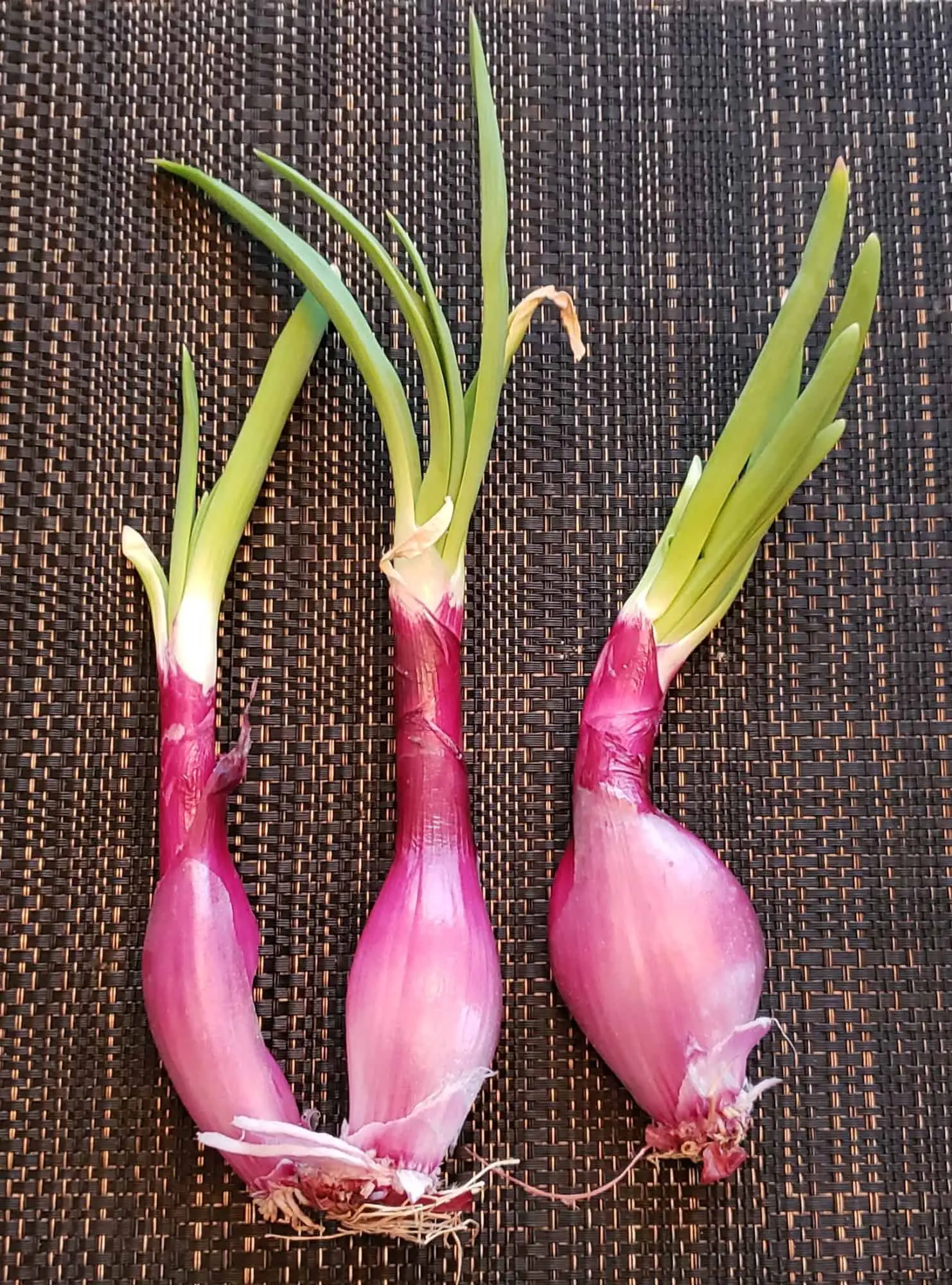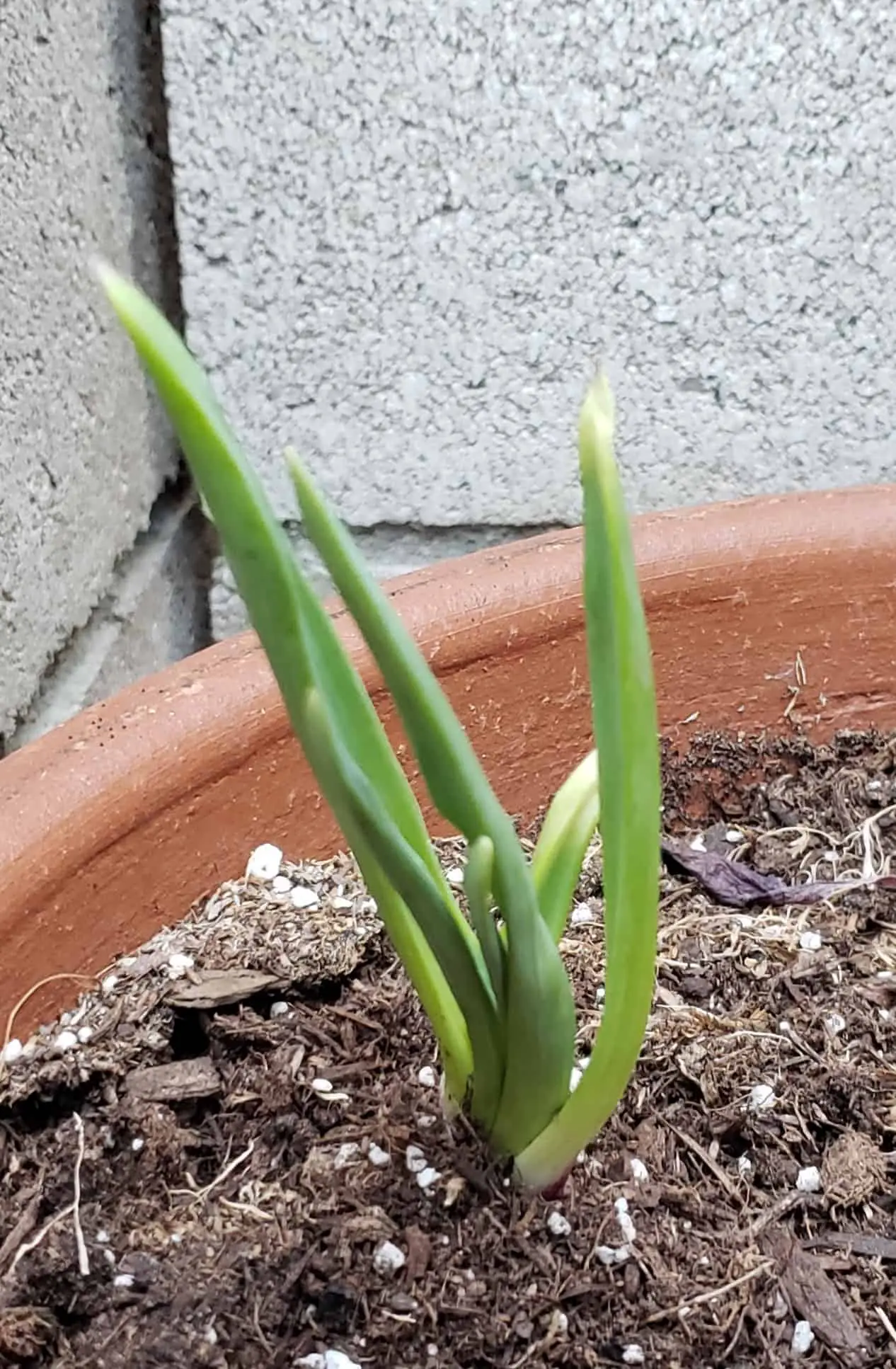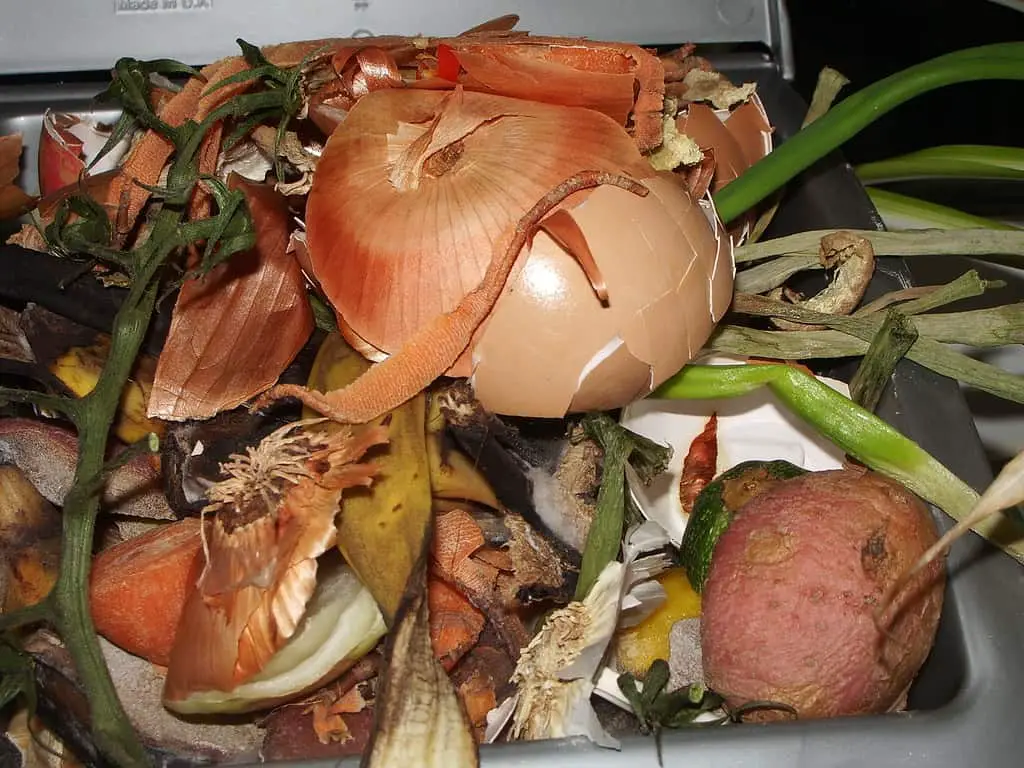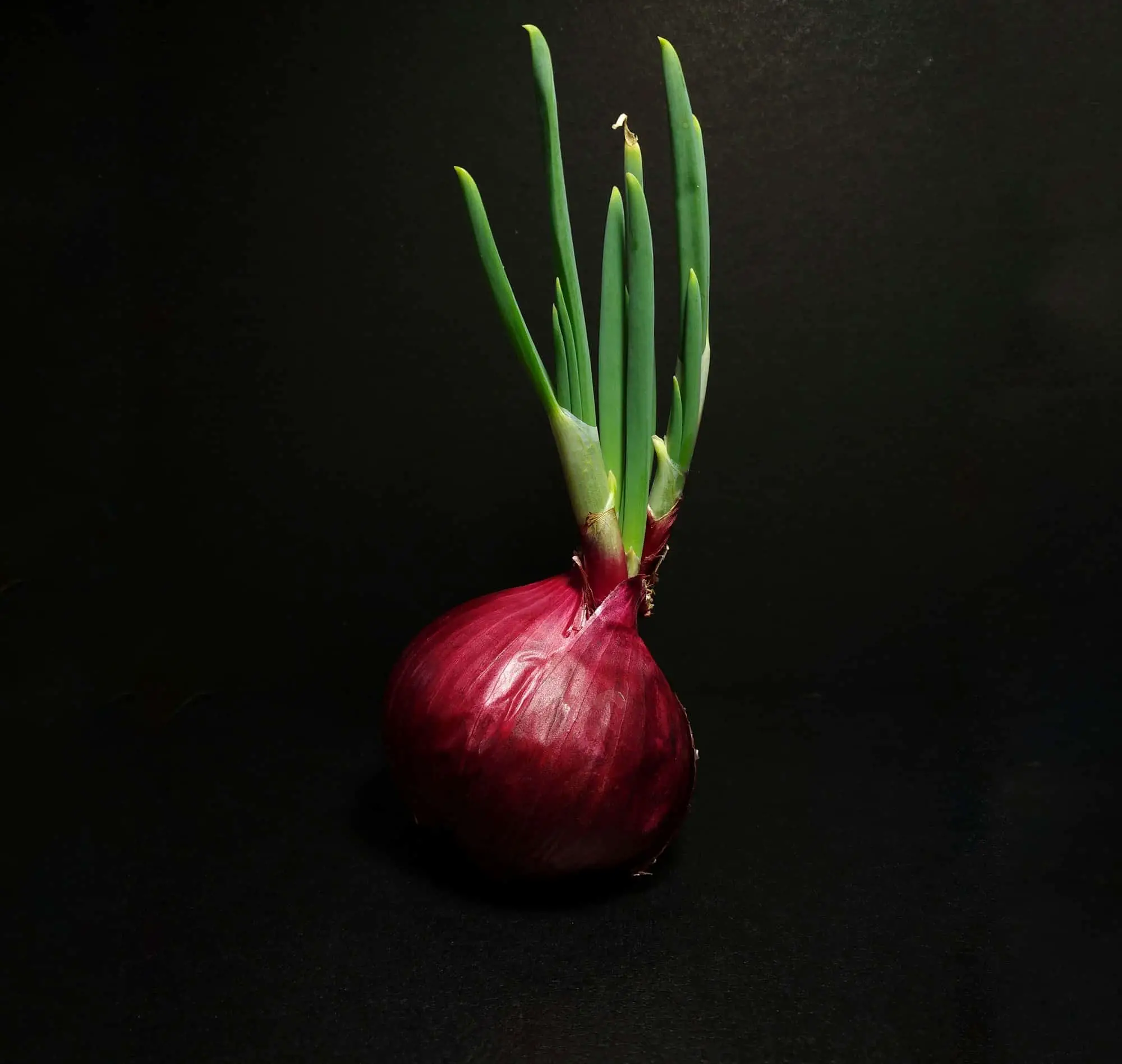It’s happened to everyone. You reach for an onion, and it has green stalks sticking out of it! As soon as onions come out of cold storage and are transported to grocery stores, they will inevitably come out of dormancy and begin the process of growing new onions. So what do you do with a sprouted onion?
If you find a sprouted onion in your pantry, there are a few things you can do to avoid throwing it away. First, you can plant your sprouted onions to produce more onions. If you do not want to wait 65-80 days for new onions to grow, it is safe to eat sprouted onions as long as they are not moldy or rotten. Finally, you can add onion scraps to your compost pile. However, avoid adding onions to compost piles if you are vermicomposting.
The rest of the article will discuss in detail what you can do with a sprouted onion.
Planting Sprouted Onions
In my opinion, the best thing you can do with a sprouted onion is to use it to grow more onions! Planting sprouted onions could be thought of as an investment because you will be getting more onions from one onion! Additionally, you will have the opportunity to grow food for yourself.
The video below briefly shows one method of planting sprouted onions.
The process of planting sprouted onions is described in further detail below.
Step 1: Divide the Sprouted Onion
Before putting your sprouted onion in the ground, it is important to divide the onion so that each onion can grow into a full-sized bulb. If you do not divide the new onion sprouts (as opposed to leaving them as a cluster), each individual onion will have to compete for space with the other onions. This competition results in a harvest of smaller and more deformed onions.
To divide the sprouted onion, begin by peeling layers off of the onion. Once you have peeled off several layers, you will see that the onion has began to grow distinct onion sprouts. Gently pull the sprouts apart. This should result in multiple baby onion plants as shown below. Not every onion will have exactly 3 sprouts like mine did.

Step 2: Plant the divided onions
Once you have divided the sprouted onions, you can plant the sprouted onions directly into well-draining soil. Plant the sprouts between 4 and 6 inches apart, and bury the entire bulb such that only the green stalks are exposed.

Onions are able to adapt to a wide range of temperatures and are even frost tolerant. If you are planting sprouted onions during the early spring, consider putting them in a container and slowly introducing them to the colder outdoor temperatures.
After planting your sprouted onions, water them every couple of days. Even bone dry onions will appear healthy, so it is important to water regularly. It is also important to weed regularly. Onions are hardy plants, but they do not compete with weeds very well.
Planting Sprouted Onions Indoors
If it is too cold to grow your sprouted onions outdoors, you can also plant your sprouted onions in a container and grow them indoors. It might smell a bit like onions in the vicinity of the plant, so I recommend placing your potted onions in the kitchen or in an area where you will not be bothered by onion odor.
When growing onions indoors, keep the soil evenly moist (not soggy) at all times. The soil should feel spongy when you push on it with your index finger, but water should not start pooling around your finger. It is also important to put your onions in a location that is exposed to bright sunlight or artificial grow lights. Your onions will be smaller if they do not get enough light.
Getting An Onion To Grow Root Tips In Water
As an alternative to planting your sprouted onions directly in soil, you can root them in water first. You can plant your divided onion directly in soil, and it will form roots. In other words, rooting onions in water is not necessary in order to grow new onions. However, it is kind of fun to watch the roots grow in water, and it is a good project to help kids learn how plants grow.
To grow your divided onions in water, put the sprouted onions in a cup of water for 5-7 days. Make sure the bottom 1/3 of the divided onion is submerged in water. Once you see about 2 inches of healthy root growth, plant the rooted onion in well-draining soil.
The video below describes how to root onions in water.
Step 3: Harvest the Onions
Your onions will be ready to harvest when the green tops dry out and full over. This will usually take between 65 and 80 days after planting. If you harvest onions too soon, you will have a smaller bulb. Harvesting too late can result in potential rotting issues.
The video below provides detailed instructions on how to harvest onions.
Eating Sprouted Onions
If you live in a colder climate or in a home that is not conducive to gardening, you may not be able to successfully grow sprouted onions. In that case, I recommend eating your sprouted onions as long as they are not moldy or rotted. You can use the green stalks from a sprouted onion like you would green onions. The green stalks will have a milder onion flavor than scallions.
Keep in mind that a sprouted onion will have a slightly more bitter flavor than an onion that has not sprouted. This is because the onion is using its sugar and proteins to make new onions. The center portion of the onion will be the most bitter, so consider discarding the center layers.
Health Benefits of Sprouted Onions
A study conducted by researchers at Deemed University compared the nutrition content of pastes made with sprouted onions and pastes made with unsprouted onions. The results of the study showed that pastes made from sprouted onions tended to have more phenol, flavonoids, antioxidant capacity, and DPPH radical scavenging activity. These results indicate that sprouted onions may health benefits (Majid and Nanda, 2016).
Flavonoids display antioxidant, antiallergic, and anti-inflammatory properties. Phenols are also known antioxidants meaning that they prevent free radicals from reacting with molecules in your body and causing health problems.
In addition, sprouted onions are known to have high protein content. This makes them popular among vegans.
Composting Sprouted Onions
Finally, you can compost sprouted onions. However, odors can be an issue. Because of the strong odor, adding onions to your compost pile can attract wildlife. To minimize strong odors, add cardboard or newspaper to the compost pile.

Similar to potatoes, the problem with composting onions is that they want to grow in the compost pile. To avoid new shoots from sprouting, chop the onion up into halves or quarters before tossing them in the compost pile.
If you are vermicomposting, do not add onions to your pile. Worms do not like odorous foods.
Related Questions
How do I prevent my onions from sprouting?
The best way to prevent onions from sprouting is to store them in a dark, cool spot such as a pantry.
A study conducted by researchers in Denmark investigated the impact of storage techniques on onion sprouting. The results showed that refrigerated cool storage at 34°F for 8 months resulted in about 5 times lower initial rate of sprouting than storage at 41°F (Grevsen and Sorensen, 2015). This means that you should refrigerate onions to avoid sprouting if you do not plan on using your onions within a couple of weeks.
To prevent onions from sprouting, keep them away from other fruits and vegetables. Ripe fruits and vegetables will produce ethylene gas which encourages onions to sprout.

